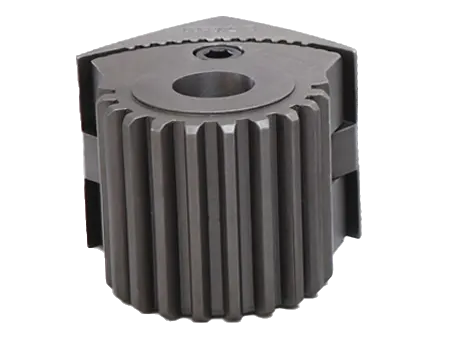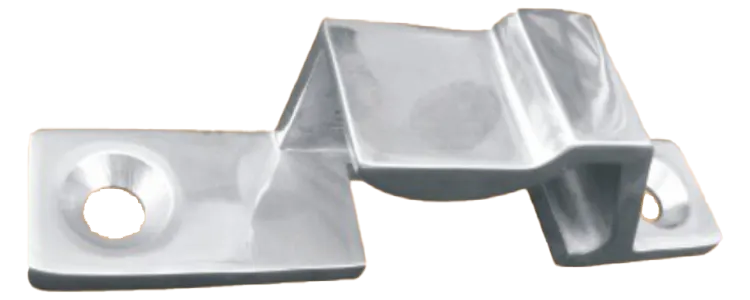
Cast Components
Cast components are integral parts in many industries, including automotive, construction, aerospace, valves, pumps and manufacturing. Casting is a manufacturing process that involves pouring molten metal or liquid material into a mold and allowing it to solidify to obtain the desired shape. Cast components offer distinct advantages, making them widely used in various applications.
Advantages for using Cast Components:
- Versatility and Flexibility
- Material Options
- Cost-effectiveness
- Desing freedom
- Reproducibility
- Size and weight range
Common examples of cast components include engine blocks, cylinder heads, gears, turbine blades, pump housings, valve components and various structural parts used in different industries.

There are different casting processes used based on the desired components, size and weight, quantities produced and material used:
Sand Castings
Sand casting is a versatile manufacturing method used to create a wide range of metal parts and components, from simple to complex, across numerous industries and applications. Its flexibility, cost-efficiency, and suitability for both small and large-scale production make it a popular choice for various manufacturing needs.
Parts made from machined sand castings are used in many industries such as Automotive, Aerospace, Oil and Gas, Process Industry, Valves and Fittings, Heave Machinery, and many others.
Investment Castings
Investment casting, also known as lost-wax casting, is a precision manufacturing process that is used to create complex and intricate metal components with high dimensional accuracy and a smooth surface finish.
Common uses for Investment Cast Components are:
Aerospace Components, Industrial Components, Automotive Parts, Energy and Power Generation, Valve Bodies and Pump Housings, Food Processing, and many others.
Die Castings
Die casting is a manufacturing process that produces metal components with high precision and repeatability, well suited for applications that require mass production of complex metal parts with tight tolerances. Parts are produced with a high level of dimensional accuracy, surface finish, and excellent mechanical properties, making it a preferred choice for producing a wide range of components in various industries. This process involves forcing molten metal into a reusable mold cavity, known as a die, under high pressure.
Common uses for Die Cast Components are:
Automotive Parts, Consumer Electronic, Industrial Machinery, Fixtures and Tooling, Aerospace Components, Enclosures, and many others.
For more details on the different casting processes listed above, refer to the casting descriptions listed in the foundry section.
